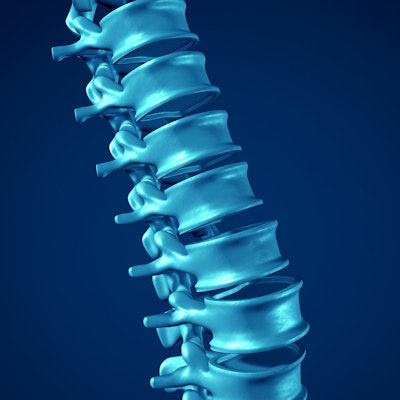
Researchers from the Hospital for Special Surgery (HSS) have begun enrolling patients in a study designed to investigate the combination of 3D imaging with digital radiography (DR) technology to produce 3D maps of the spine in people with scoliosis.
A team led by principal investigator Howard Hillstrom, PhD, plans to combine images acquired using a digital x-ray system made by French imaging manufacturer EOS Imaging with topographical mapping utilizing 3dMD, a proprietary system of high-resolution cameras that can produce a full map of the torso in one second.
Hillstrom noted that 10% to 20% of torso x-rays must be redone because of patient movement. The 3dMD isn't affected by patient movement and provides images of the surface of the patient that can be used along with x-rays to estimate spinal alignment.
The researchers hope that the combination of the two technologies will help reduce the radiation dose used to track pediatric scoliosis patients, who often must receive multiple x-rays to track their condition. The 3dMD technology would replace the current method -- the use of a carpenter's level placed on the patient's back -- to measure scoliosis.
The technologies could be used for other applications as well, such as craniofacial reconstructive surgery, in which the shape of the external surface and the underlying bony architecture must be matched.
Thirty children have been enrolled in the study, and HSS researchers hope the trial will ultimately include 2,000 patients over the next five years. About 500 people with normal spines will be recruited to serve as controls.



















